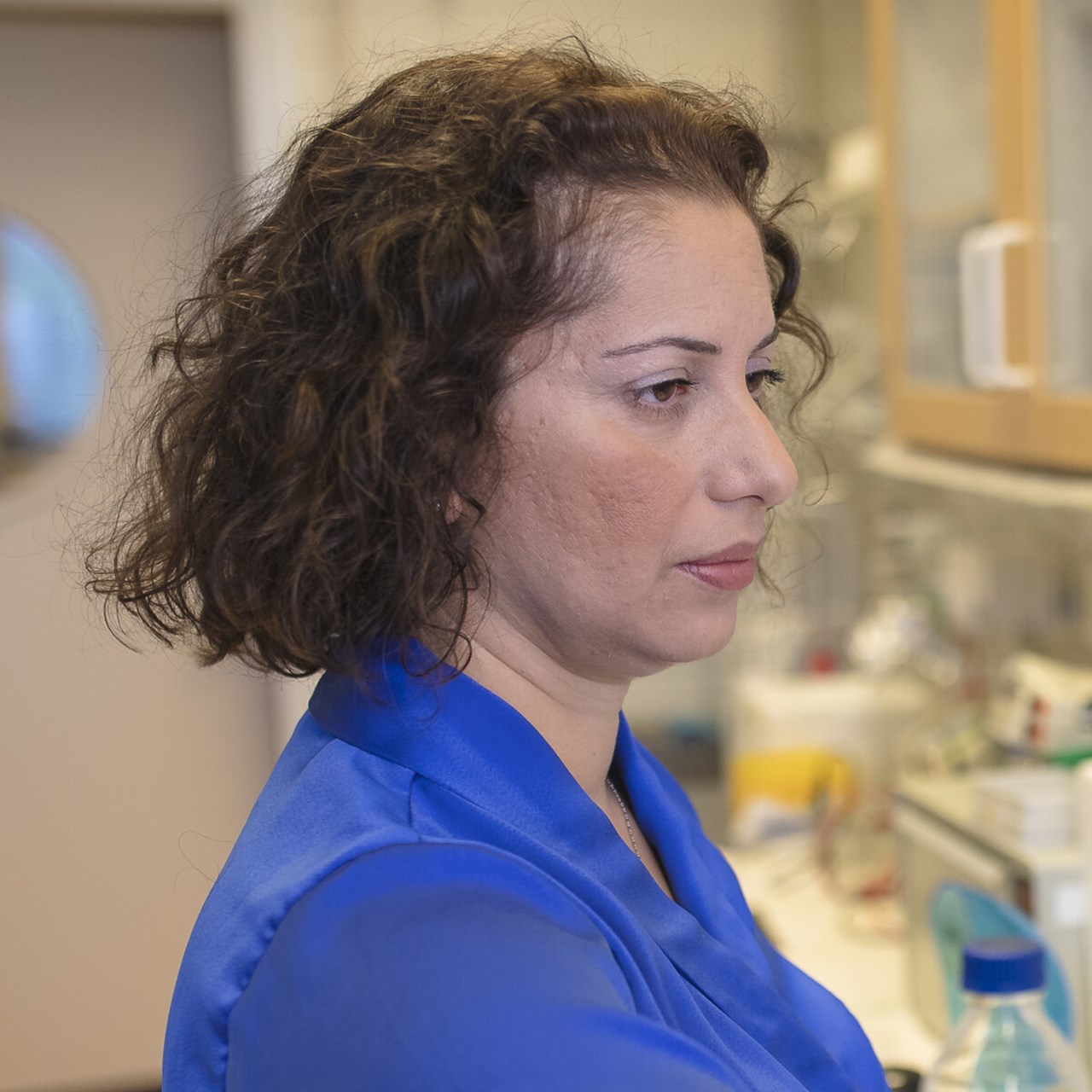
Four-stranded DNA in a new type of cancer therapy
PROFILE Nasim Sabouri has discovered proteins that regulate four-stranded DNA in the cell. Her findings are already forming the basis for efforts to develop new cancer therapeutics.


PROFILE Nasim Sabouri has discovered proteins that regulate four-stranded DNA in the cell. Her findings are already forming the basis for efforts to develop new cancer therapeutics.
